Welcome to the new generation of towing! This tow line uses 1/8th inch diameter new technology high-strength fiber, tested by an independent tester to break at 2,800 lbs. Using this fiber results in the lightest, most compact tow line available today. 16 feet long! A MUST if your buddy rides a… well, we won’t go there! It is also versatile and can be used for many different applications such as attaching items to your pack or hanging your bike from a tree when in bear country… all jokes aside, this is definitely something every rider should carry when riding. This fiber is not cheap and there are cheaper tow straps out there. The reason we made these is because we like to go on long rides in rugged terrain, and we want to be prepared without filling our packs with large and/or heavy items because it all adds up! This fiber is super strong, super light, and takes up very little volume in your pack for a tow line that has ~25% more length than our competition! And the entire tow line with bag weighs less than 3 ounces!
IMPORTANT! The line WILL break at less than 2,800 lbs if you’re not smart about the way you use it. Going over sharp corners or severe bends will significantly reduce its strength. Please follow the directions below.
Bike Towing
Secure the tow line to the bike that will be doing the towing (foot peg, frame, etc.) by looping the line through the ring at the end of the line (see photos for examples). Make sure the protective covering is contacting the bike, not the bare tow line!
Bike Being Towed
Wrap the line around the center of the handlebar a few times on the bike to be towed, then up to the clutch hand. Test to ensure that if the rider being towed loosens his clutch-hand grip, the tow line pulls free. This allows the towed rider to release the line at any time in case of trouble.
1 review for Tow Line
Add a review Cancel reply
You must be logged in to post a review.
Related products
Tow Lines / Bar Savers
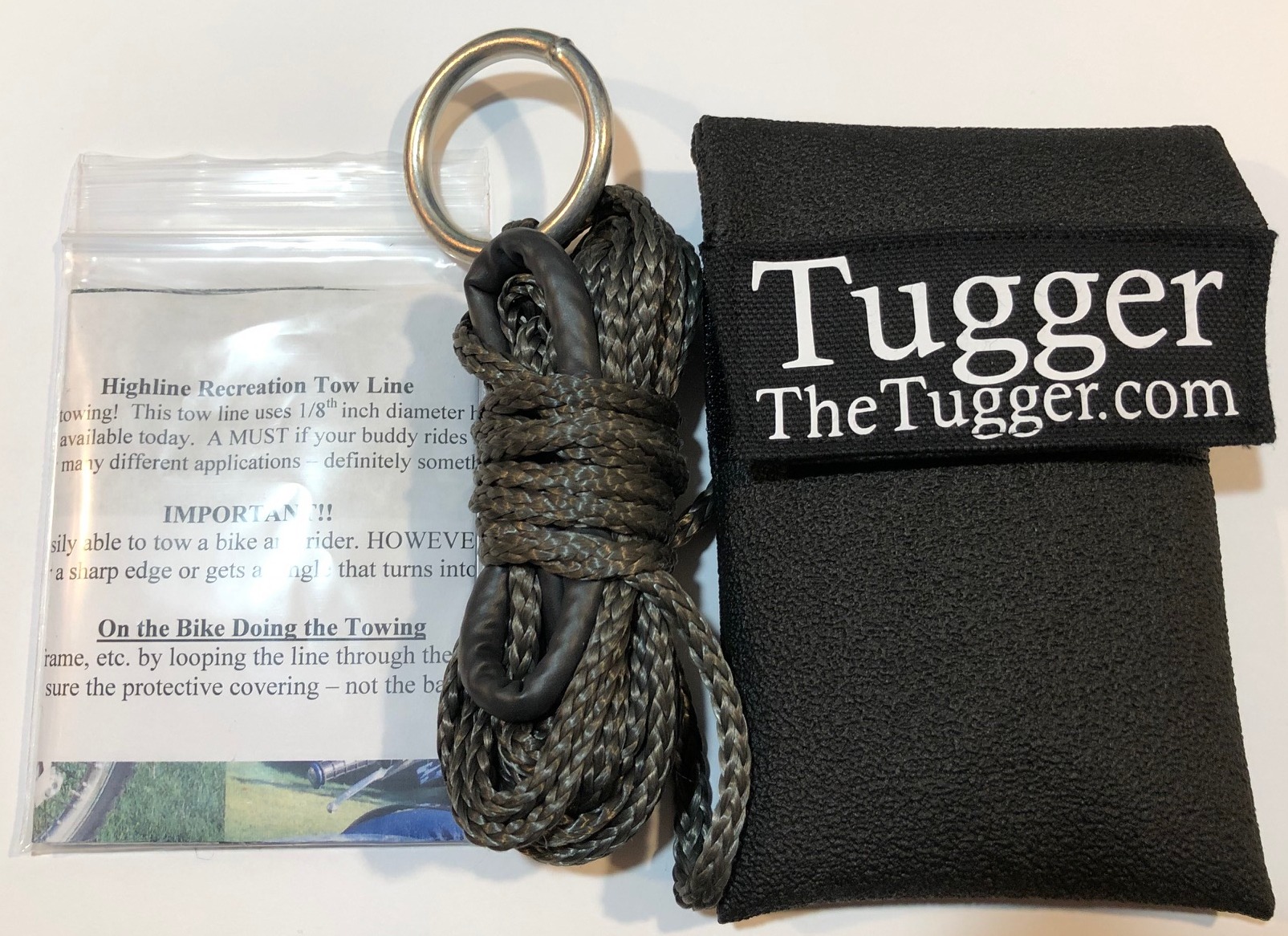
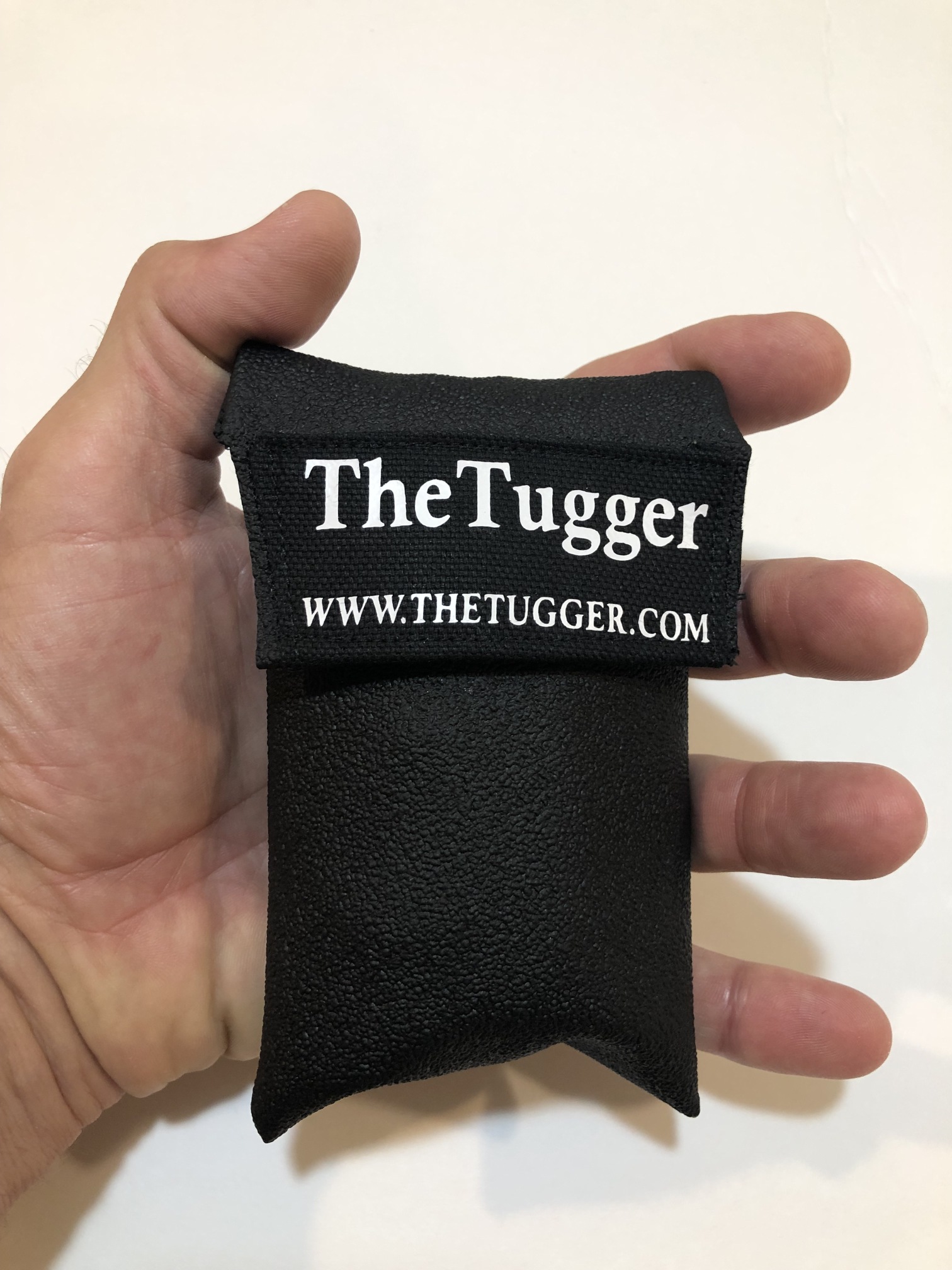
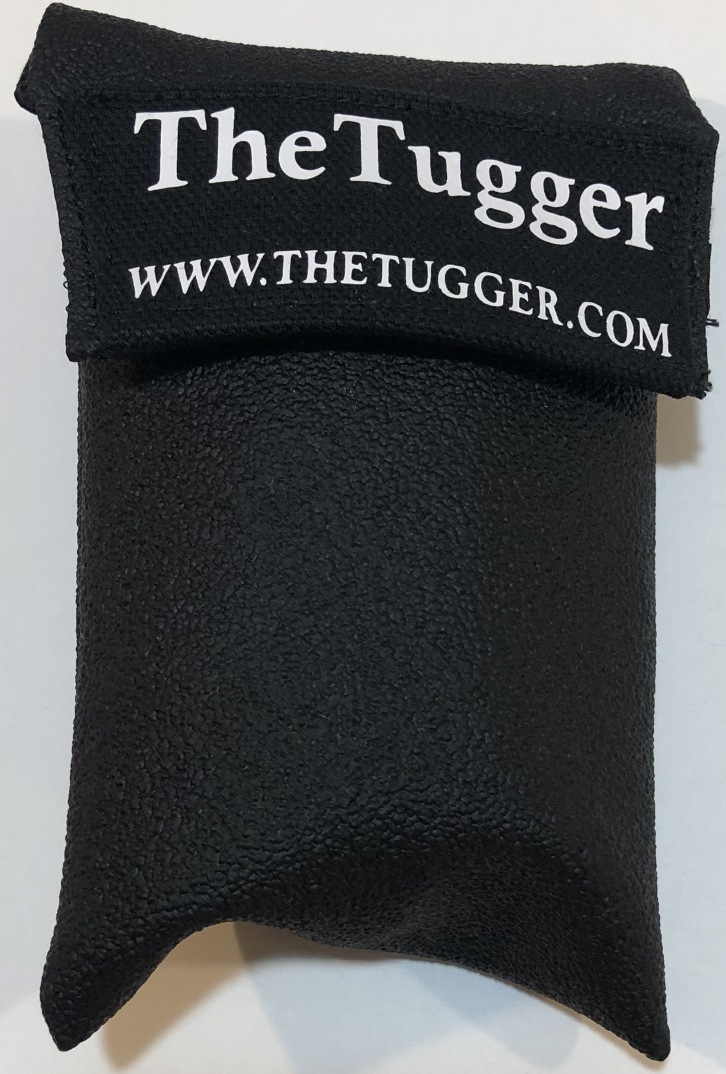
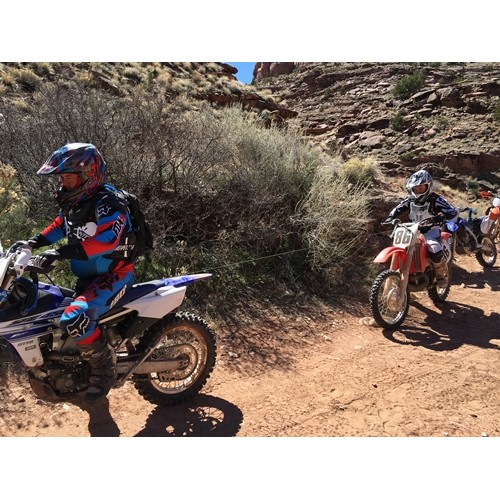
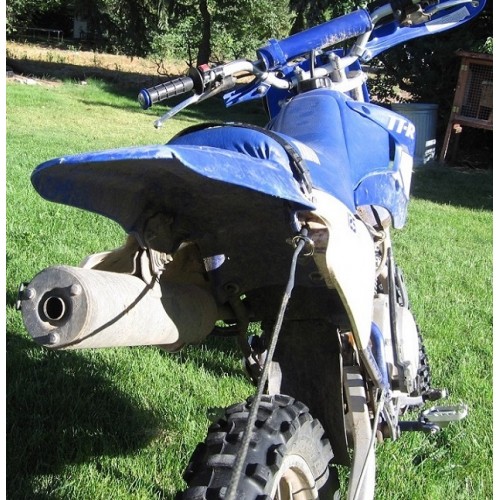
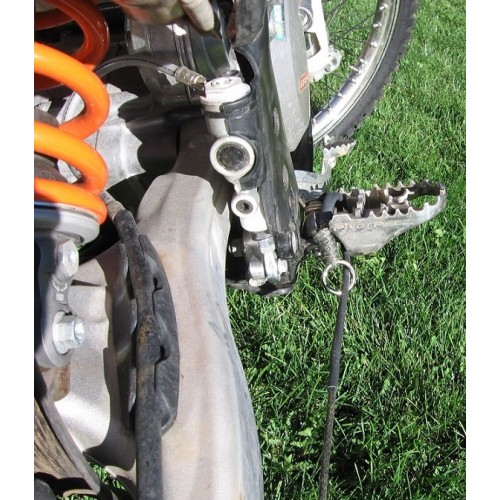
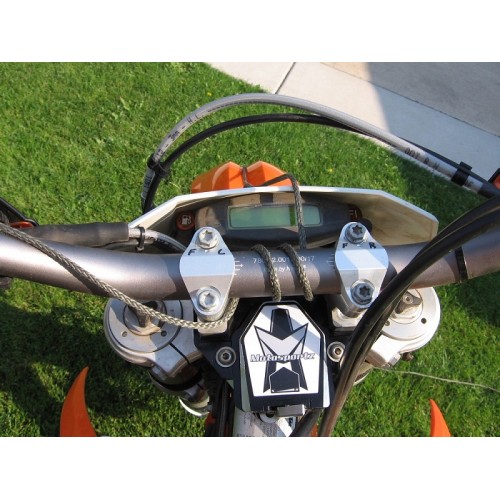
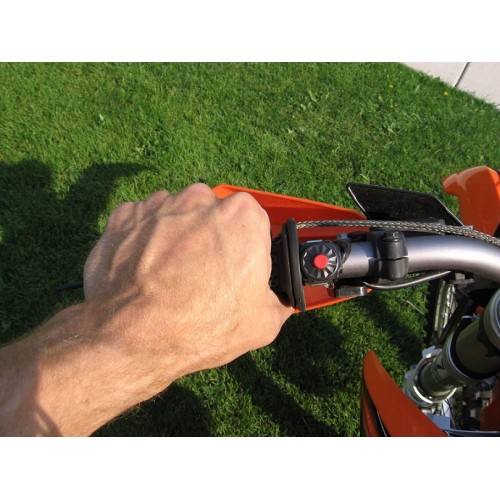
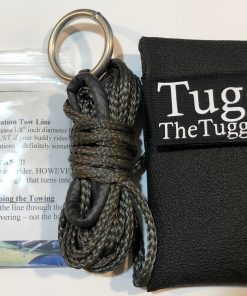

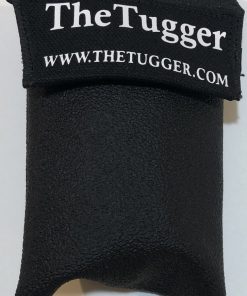


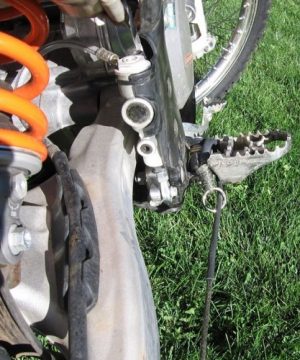
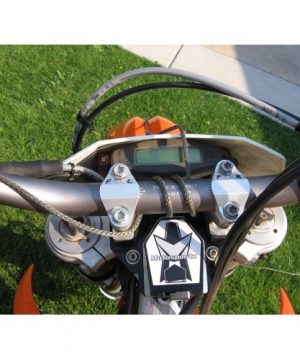
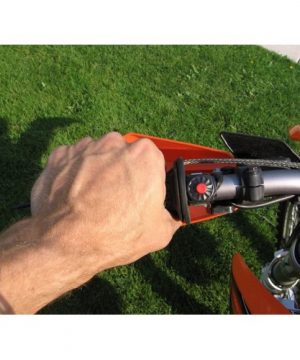
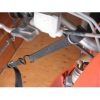
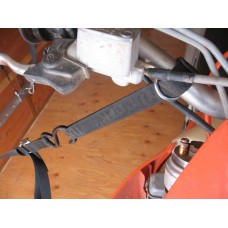
Michel Belanger –
We have been using the Tugger straps for years and they have been useful on many occasions. We install them on all our bikes. For the type of hard enduro, mountainous riding we do, they certainly help in getting out of sticky situations more easily whether you’re stuck in mud or trying to get your bike to a position to exit a steep hill climb crash. The winter riding image attached does not do the situation justice. The slope is so steep that I could not even climb out of the gully as the side bank was iced up. No way to push or lift the bike or get the bike out when you can’t even get enough traction on your boots to get yourself out. Fortunately we were two riders and each of us had the Highline Recreation tow ropes. We had to pull the bike out of the gully and onto the ridge. One tow rope was not enough because the handlebar and foot peg would jam into the side of the cliff. A tow rope was first used to pull me out of the gully and then we tied one tow rope on front and one on back of the bike. We tied loops into the ropes so the cord would not dig into our hands when we pulled. We have also used the tow ropes to tow broken down bikes out of mountainous terrain. We don’t like to pack heavy and most tow rope options are bulky. The Highline Recreation tow ropes pack super small and light weight and yet are very strong capable of towing a bike for extended periods. We don’t need tow ropes often but when we do, it makes a potentially lengthy or desperate situation into much simpler task. Highly recommend Highline tow ropes due to size, light weight and strong.
We also highly recommend the Tugger straps. Spend more time riding and less time struggling in tough terrain.